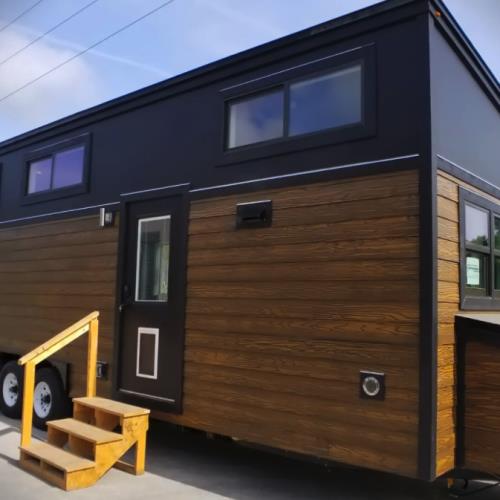
Are you considering making eco-friendly renovations to your home? Look no further!
In this article, we will explore 12 practical and detailed options for environmentally-conscious home improvements. From energy-efficient windows and solar water heaters to sustainable building materials and green roofs, we will provide you with informative insights to help you make the right choices.
Join us as we delve into these eco-friendly renovations that will not only benefit the planet but also grant you the freedom to live sustainably.
Energy-Efficient Windows
Energy-efficient windows can significantly reduce energy consumption in a home while providing a sleek and modern aesthetic. These windows are designed to minimize heat transfer, keeping the interior cool in the summer and warm in the winter. This is achieved through advanced technologies such as low-emissivity coatings and multiple panes of glass with insulating gas fills.
One important aspect to consider when choosing energy-efficient windows is their durability. High-quality windows are built to withstand harsh weather conditions and resist fading, cracking, and warping. By investing in durable windows, homeowners can ensure long-term energy savings and minimize the need for frequent replacements.
To further enhance the energy-saving benefits of windows, homeowners can also consider energy-saving window treatments. These include options like insulated cellular shades, window films, and roller blinds with thermal backing. These treatments help to reduce heat gain or loss through the windows, improving energy efficiency and reducing utility bills.
Solar Water Heaters
To maximize energy efficiency in a home, homeowners can consider installing solar water heaters, which harness the power of the sun to provide hot water for daily use.
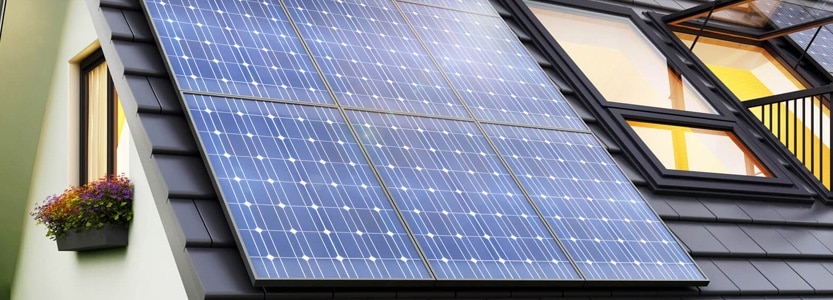
Solar water heaters work by using solar panels to capture sunlight and convert it into thermal energy, which is then used to heat water stored in a tank.
This eco-friendly alternative to traditional water heaters not only reduces the carbon footprint of a household but also helps homeowners save on energy costs in the long run.
In addition, solar water heaters are eligible for government incentives, such as tax credits and rebates, which can significantly offset the initial installation costs.
Sustainable Building Materials
One option to consider for eco-friendly home renovations is the use of sustainable building materials. Sustainable insulation and eco-friendly roofing are two key components of sustainable building practices.
When it comes to insulation, traditional materials such as fiberglass and foam are energy-intensive to produce and may contain harmful chemicals. Sustainable insulation materials, on the other hand, are made from renewable resources such as recycled denim, cellulose, or wool. These materials not only provide excellent thermal insulation but also have a lower environmental impact.
Eco-friendly roofing options include materials like metal, clay, or recycled rubber. These materials are durable, long-lasting, and often have high solar reflectance, reducing the amount of heat absorbed by the roof. Additionally, eco-friendly roofing materials are often made from recycled or renewable resources, reducing the demand for new raw materials.
Green Roofs
Green roofs are an innovative and environmentally conscious option to consider for homeowners looking to incorporate sustainable practices into their home renovations. A green roof, also known as a living roof, is a roof that is partially or completely covered with vegetation. These roofs provide numerous benefits, both for the environment and for homeowners.
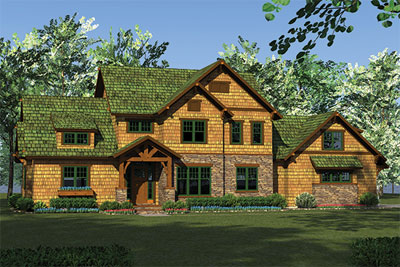
One of the key benefits of green roofs is their durability. The vegetation layer acts as a protective barrier, shielding the roof from extreme temperatures, UV radiation, and other weather elements. This helps to extend the lifespan of the roof, reducing the need for frequent repairs or replacements.
In addition to their durability, green roofs offer several other benefits. They help to improve air quality by absorbing carbon dioxide and releasing oxygen. They also provide insulation, reducing energy consumption for heating and cooling. Green roofs can also help manage stormwater runoff, reducing the strain on urban drainage systems.
When it comes to green roof installation, it is important to consult with professionals who specialize in this area. They can assess the structural integrity of your roof and recommend the appropriate materials and techniques for installation. Proper maintenance, including regular watering and weeding, is also crucial for ensuring the long-term success of your green roof.
Low-Voc Paints
Incorporating sustainable practices into home renovations can be achieved through the use of low-VOC paints, which build upon the environmentally conscious options discussed previously. Low-VOC paints, or paints with low levels of volatile organic compounds, offer several benefits for homeowners who are looking for eco-friendly paint options:
- Improved indoor air quality: Low-VOC paints release fewer harmful chemicals into the air, reducing the risk of respiratory problems and allergies.
- Reduced environmental impact: By choosing low-VOC paints, you are minimizing the release of harmful pollutants into the environment, contributing to a healthier planet.
- Long-lasting finish: Low-VOC paints are just as durable as traditional paints, ensuring that your newly painted surfaces will maintain their appearance for years to come.
- Wide color variety: There are plenty of low-VOC paint options available in a wide range of colors, allowing you to achieve the desired aesthetic for your home.
- Easy application and clean-up: Low-VOC paints are easy to apply and clean, making the painting process more convenient and efficient.
Bamboo Flooring
When considering eco-friendly home renovations, bamboo flooring is an excellent choice due to its durability and sustainability. Unlike traditional hardwood, bamboo is known for its strength and resistance to wear and tear.
Additionally, bamboo flooring offers a cost-effective alternative, as it is often less expensive than hardwood options. To ensure longevity, it is important to properly install and maintain bamboo flooring, following manufacturer guidelines for cleaning and avoiding excessive moisture.
Durability of Bamboo
One key aspect to consider when evaluating bamboo flooring is its durability. Bamboo is known for its strength and resilience, making it a popular choice for homeowners who desire a long-lasting flooring option.
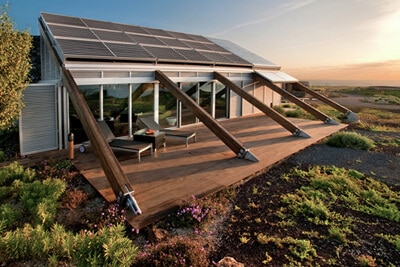
- Bamboo flooring is highly resistant to dents and scratches, making it an ideal choice for high-traffic areas in the home.
- It has a natural moisture resistance, reducing the risk of warping or swelling due to moisture exposure.
- Bamboo is less prone to fading or discoloration from sunlight compared to other flooring materials.
- With proper care and maintenance, bamboo flooring can last for decades, making it a sustainable investment for homeowners.
- Additionally, bamboo is a renewable resource, with a significantly lower environmental impact compared to traditional hardwood flooring options.
Cost Comparison With Hardwood
The cost comparison between bamboo flooring and traditional hardwood is a crucial factor to consider when making eco-friendly home renovations. While hardwood flooring is often perceived as a luxurious and durable option, the cost benefits of bamboo flooring are worth exploring.
Bamboo flooring typically comes at a lower price point compared to hardwood, making it a more budget-friendly option for homeowners. Additionally, bamboo is a fast-growing and renewable resource, making it more environmentally friendly than hardwood, which requires cutting down trees.
By choosing bamboo flooring, homeowners not only save money but also contribute to the preservation of our forests and reduce the overall environmental impact of their renovation projects.
Installation and Maintenance Tips
To ensure the longevity and optimal performance of bamboo flooring, it is essential to follow proper installation and maintenance guidelines. Here are some installation tips and maintenance techniques to help you get the most out of your bamboo flooring:
- Acclimate the bamboo flooring to the room's temperature and humidity before installation.
- Use a moisture barrier to protect the flooring from moisture damage.
- Install the flooring using the recommended adhesive or floating floor method.
- Leave a small gap around the edges of the room to allow for expansion and contraction.
Regularly clean the bamboo flooring with a soft broom or vacuum to remove dirt and debris.
Tankless Water Heaters
Tankless water heaters are a cost-effective and energy-efficient option for heating water in eco-friendly home renovations. When considering tankless water heaters, it is important to compare their durability to traditional water heaters. Tankless water heaters are known for their longevity, with an average lifespan of 20 years compared to the 10-15 year lifespan of traditional water heaters.
When it comes to installation, there are a few tips to keep in mind. Firstly, it is essential to hire a professional plumber who is experienced in installing tankless water heaters. They will ensure proper sizing and installation, maximizing the efficiency of the unit. Additionally, it is important to consider the location of the water heater. Placing it close to the hot water demand points, such as bathrooms and kitchens, can minimize heat loss and reduce energy consumption.
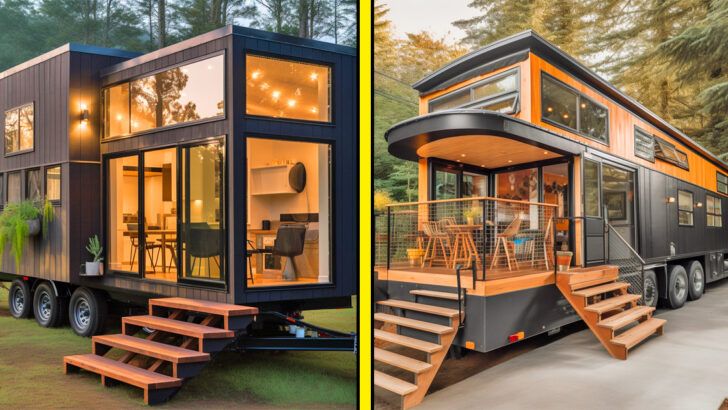
Programmable Thermostats
Programmable thermostats offer energy-saving temperature control, allowing homeowners to set different temperatures for different times of the day. By reducing heating and cooling costs, these thermostats not only save money but also contribute to a more eco-friendly home.
Additionally, programmable thermostats provide increased comfort and efficiency, ensuring that the home is always at the desired temperature without unnecessary energy consumption.
Energy-Saving Temperature Control
One effective way to achieve energy savings in your home is by implementing temperature control through the use of programmable thermostats. These smart thermostats allow you to set specific temperature schedules for different times of the day, ensuring that your heating and cooling systems are not running unnecessarily.
By optimizing your temperature control, you can reduce energy waste and lower your utility bills. Additionally, programmable thermostats offer advanced features such as remote access and learning capabilities, which further enhance their energy-saving benefits.
To maximize the effectiveness of your temperature control, it is also important to consider insulation options for your home. Proper insulation helps to keep your home at a comfortable temperature, reducing the need for excessive heating or cooling.
With the combination of programmable thermostats and insulation, you can create an energy-efficient and comfortable living space.
Reduced Heating/Cooling Costs
To further optimize energy savings and reduce heating/cooling costs, implementing programmable thermostats is a crucial step in creating an eco-friendly home.

Programmable thermostats allow homeowners to set different temperature settings for different times of the day, ensuring that heating or cooling is only used when necessary. This helps to minimize energy waste and lower utility bills.
Additionally, programmable thermostats can be integrated with renewable energy sources, such as solar panels, to maximize energy efficiency. By connecting the thermostat to these renewable energy systems, homeowners can take advantage of free and clean energy to heat or cool their homes.
Furthermore, programmable thermostats can work in conjunction with insulation options, such as energy-efficient windows and doors, to create a more comfortable and energy-efficient living environment.
With programmable thermostats, homeowners have the freedom to customize their heating and cooling schedules, saving money and reducing their carbon footprint.
Increased Comfort and Efficiency
How can homeowners enhance both comfort and efficiency in their homes while reducing heating and cooling costs? One effective solution is to install programmable thermostats. These devices allow homeowners to have better control over their indoor climate, resulting in increased energy savings and improved indoor air quality.
Here are five reasons why programmable thermostats are a great addition to any eco-friendly home renovation:
- Energy efficiency: Programmable thermostats allow homeowners to set specific temperature schedules, ensuring that heating and cooling systems are only operating when needed.
- Cost savings: By optimizing temperature settings and reducing energy waste, homeowners can significantly lower their heating and cooling bills.
- Increased comfort: Programmable thermostats provide the convenience of maintaining a consistent and comfortable indoor temperature throughout the day.
- Reduced environmental impact: By reducing energy consumption, programmable thermostats contribute to a greener and more sustainable future.
- Improved indoor air quality: With programmable thermostats, homeowners can regulate air circulation and filtration, resulting in cleaner and healthier indoor air.
Installing programmable thermostats is a practical and effective way to achieve increased comfort, energy savings, and improved indoor air quality in your home.
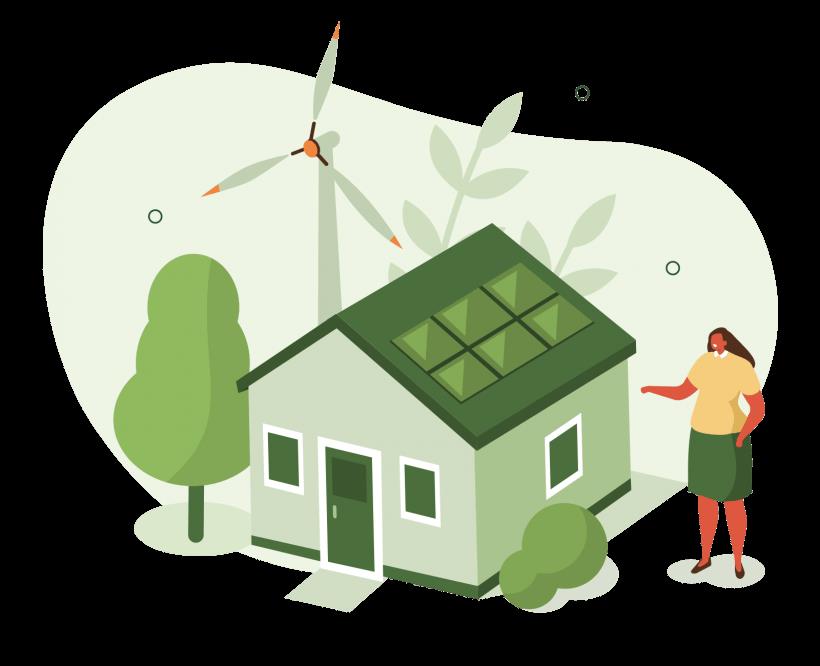
Greywater Systems
Greywater systems are an innovative and sustainable solution for recycling household water. These systems collect and treat water from sources such as the bathroom sinks, showers, and laundry, and then reuse it for non-potable purposes like irrigation or toilet flushing. Greywater recycling not only reduces the demand for freshwater, but it also helps to conserve water resources, making it an excellent option for eco-conscious homeowners.
Implementing a greywater system involves installing a separate plumbing system to collect and treat the greywater. The treated water is then stored in a tank before being distributed for various uses. There are different types of greywater systems available, ranging from simple systems that filter out contaminants to more advanced systems that use biological or chemical processes for treatment.
It is important to note that greywater should never be used for drinking or cooking purposes due to potential health risks. However, when used correctly, greywater systems can significantly reduce your water consumption and contribute to a more sustainable home.
Energy Star Appliances
When considering eco-friendly home renovations, homeowners can seamlessly transition from greywater systems to energy-efficient appliances with the use of Energy Star-rated products.
Energy Star appliances are certified by the U.S. Environmental Protection Agency (EPA) for their energy efficiency, which can help homeowners reduce their carbon footprint and save money on utility bills.
Here are some key benefits of incorporating Energy Star appliances into your home renovation:
- Energy savings: Energy Star appliances use less energy than standard appliances, resulting in lower energy consumption and reduced greenhouse gas emissions.
- Cost savings: By using less energy, Energy Star appliances can help homeowners save money on their utility bills.
- Quality and performance: Energy Star-certified appliances undergo rigorous testing to ensure they meet strict performance standards and deliver high-quality results.
- Wide range of options: Energy Star appliances are available in various types, including refrigerators, dishwashers, washing machines, and more.
- Energy efficiency incentives: Homeowners may be eligible for energy efficiency incentives, such as tax credits or rebates, when they purchase Energy Star appliances.
Rainwater Harvest Systems
Rainwater harvest systems offer a sustainable solution for homeowners seeking to conserve water and reduce their reliance on traditional water sources. These systems collect and store rainwater for various uses, including irrigation, laundry, and flushing toilets. By capturing rainwater, homeowners can reduce their water bills and lower their ecological footprint.
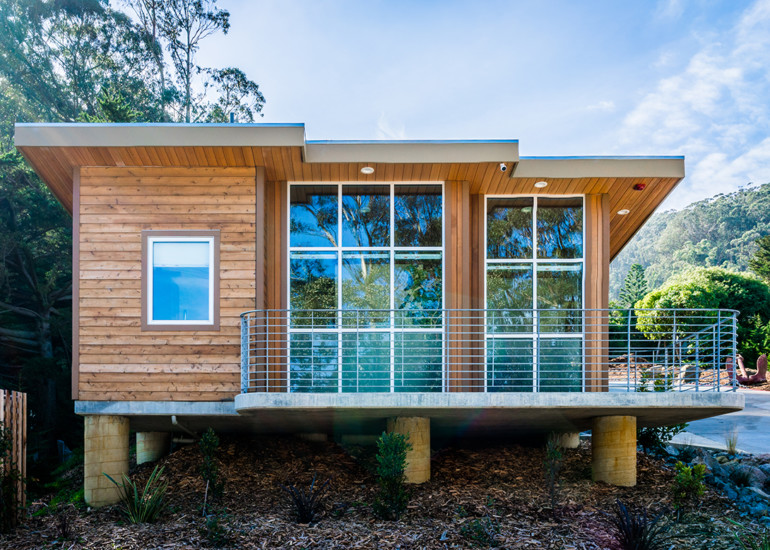
Rainwater collection involves the installation of gutters and downspouts to channel rainwater into a storage tank or cistern. These tanks are equipped with filters to remove debris and contaminants, ensuring the water is safe for use. Additionally, homeowners can utilize pumps and distribution systems to supply rainwater to different areas of their property.
Implementing a rainwater harvest system not only helps conserve water but also reduces the strain on municipal water supplies and reduces the need for energy-intensive water treatment processes. It is an eco-friendly and cost-effective solution for sustainable living.
Geothermal Heat Pumps
Another sustainable solution for homeowners seeking to reduce their ecological footprint is the installation of geothermal heat pumps, which can be seamlessly integrated into the eco-friendly home renovation process. Geothermal heat pumps utilize the constant temperature of the earth to provide heating and cooling for a home, making them highly efficient and environmentally friendly.
Here are some key points to consider about geothermal heat pumps:
- Durability: Geothermal heat pumps are built to last, with an average lifespan of 25 years for the indoor components and up to 50 years for the ground loops. This makes them a long-term investment for homeowners.
- Cost comparison with solar heaters: While the upfront cost of geothermal heat pumps is higher compared to solar heaters, they offer significant energy savings in the long run. Studies have shown that geothermal heat pumps can reduce heating and cooling costs by up to 70%.
- Energy efficiency: Geothermal heat pumps can achieve an efficiency rating of up to 400%, meaning they produce four units of heating or cooling for every unit of electricity consumed.
- Quiet operation: Geothermal heat pumps operate silently, providing a peaceful and comfortable living environment.
- Minimal maintenance: Geothermal heat pumps require minimal maintenance, with routine check-ups and filter changes being the main tasks.
Frequently Asked Questions
Are There Any Government Incentives or Tax Credits Available for Installing Energy-Efficient Windows?
Yes, there are government incentives and tax credits available for installing energy-efficient windows. These incentives aim to promote the use of sustainable practices and reduce energy consumption. Homeowners can take advantage of these incentives to offset the costs of window upgrades.
What Is the Average Lifespan of a Solar Water Heater and How Does It Compare to a Traditional Water Heater?
The average lifespan of a solar water heater varies depending on maintenance and usage, but it typically ranges from 15 to 20 years. In comparison, traditional water heaters have an average lifespan of 10 to 15 years.
Can Sustainable Building Materials Be Used in All Types of Construction Projects, Including Residential and Commercial Buildings?
Sustainable building materials can be used in both residential and commercial construction projects. Incorporating these materials offers numerous benefits, such as reduced environmental impact, improved energy efficiency, and enhanced indoor air quality.
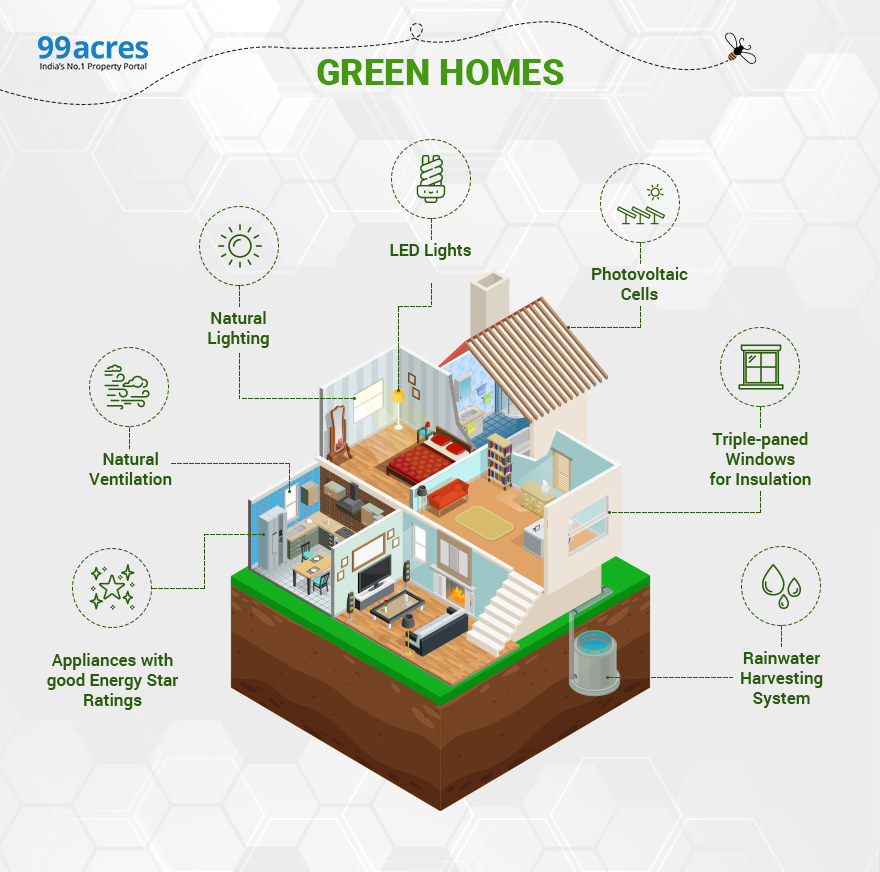
How Much Does It Cost to Install a Green Roof and What Are the Long-Term Maintenance Requirements?
The cost of installing a green roof varies depending on factors such as the size of the roof and the materials used. Long-term maintenance requirements include regular inspections, irrigation, and weed control to ensure the health and longevity of the green roof.
Are Low-Voc Paints as Durable and Long-Lasting as Traditional Paints?
Low-VOC paints have made significant advancements in performance and durability, making them comparable to traditional paints. Additionally, they have a lower environmental impact due to reduced volatile organic compound emissions, making them a practical and eco-friendly choice for homeowners.
 Family Craft ProjectsHome ImprovementCooking and BakingReuse and RecycleDIY GiftsEco-Friendly ProjectsDIY Home SolutionsSeasonal ActivitiesFun and GamesLearn TogetherPrivacy PolicyTerms And Conditions
Family Craft ProjectsHome ImprovementCooking and BakingReuse and RecycleDIY GiftsEco-Friendly ProjectsDIY Home SolutionsSeasonal ActivitiesFun and GamesLearn TogetherPrivacy PolicyTerms And Conditions

 Family Craft ProjectsHome ImprovementCooking and BakingReuse and RecycleDIY GiftsEco-Friendly ProjectsDIY Home SolutionsSeasonal ActivitiesFun and GamesLearn TogetherPrivacy PolicyTerms And Conditions
Family Craft ProjectsHome ImprovementCooking and BakingReuse and RecycleDIY GiftsEco-Friendly ProjectsDIY Home SolutionsSeasonal ActivitiesFun and GamesLearn TogetherPrivacy PolicyTerms And Conditions
